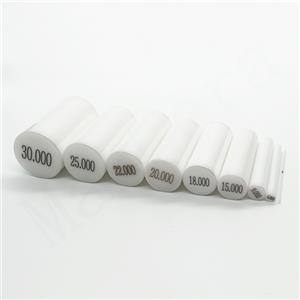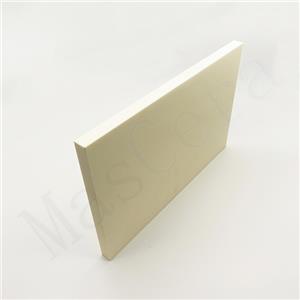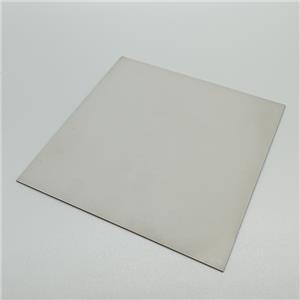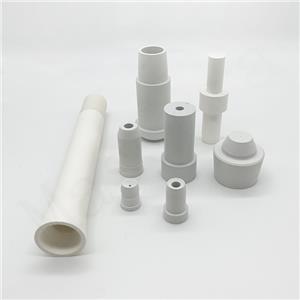Blog
-
Ceramic Substrate: Ideal for Automotive LiDAR Chip Packaging
In the context of the development of automotive intelligence, ceramic materials play an increasingly important role in the intelligent development of new energy vehicles. As the foundation of the entire technology stack, continuous innovation in materials technology is essential for supporting the efficient development of the industry as a whole.
27-04-2024 -
Advanced Ceramic Preparation: Pros and Cons of Press Molding
Press molding is a common method used in the preparation of advanced ceramics. This process involves mixing ceramic powders with organic or inorganic additives, then placing the mixture into specially designed molds for shaping under certain temperature and pressure conditions.Press molding is widely used in various ceramic preparation fields. It offers high controllability, repeatability, and production efficiency, allowing for large-scale production, and thus plays a crucial role in advanced ceramic preparation.
26-04-2024 -
Selection and Combination of Low-Temperature Sintering Aids for Aluminum Oxide Ceramics
It is very important to study the low temperature sintering technology of alumina ceramics, whether for reducing energy consumption, saving cost, or improving performance.
18-04-2024 -
Application of Advanced Ceramics in Textile Industry
The ceramic materials used for manufacturing textile components are required to possess high hardness, high strength, and excellent corrosion resistance. Commonly used ceramic materials for textile component fabrication can be categorized into four main types: alumina ceramics, titania ceramics, zirconia ceramics, and zirconia-toughened alumina ceramics.
16-04-2024 -
Surface Grinding Technology of DPC Ceramic substrate
During the preparation of DPC ceramic substrates, uneven distribution of electroplating current leads to non-uniform thickness of the copper layer on the substrate surface (thickness difference can exceed 100μm). Surface grinding is a key process to control the thickness of the electroplated copper layer and improve its uniformity, directly affecting the performance of ceramic substrates and the quality of device packaging.
11-04-2024 -
The difference between Yttrium stabilized Zirconia and magnesium stabilized Zirconia
Stable zirconia doped with yttrium has good comprehensive properties and is the most widely used solid electrolyte at present. Stable zirconia doped with magnesium oxide has general conductivity and low price, but its long-term performance is poor and is generally used as consumables.
04-04-2024 -
Comparison of Pyrolytic Boron Nitride and Hot pressed Boron Nitride
Pyrolytic boron nitride is a new type of ceramic material prepared by chemical vapor deposition (CVD), while hot-pressed boron nitride is prepared by high temperature sintering processes such as pressureless sintering, hot pressing sintering and hot isostatic pressing sintering.
02-04-2024 -
Applications of Silicon Nitride Ceramics with Different Sintering Processes
Currently, silicon nitride ceramics used in various fields are primarily prepared through reaction sintering, hot pressing sintering, pressureless sintering, gas pressure sintering, and hot isostatic pressing sintering. Different sintering processes yield silicon nitride ceramics with certain differences in performance, typically applied in different high-temperature structural components, wear-resistant components, or corrosion-resistant components.
28-03-2024 -
Ceramic Substrate Series - Differences Between Alumina Ceramic Substrates and Aluminum Nitride Ceramic Substrates
In the semiconductor circuit industry, ceramic substrates are one of the main materials for circuit boards. Common ceramic substrates include alumina ceramic substrates, aluminum nitride ceramic substrates, and silicon nitride ceramic substrates. Alumina ceramic substrates and aluminum nitride ceramic substrates have different properties and applications due to their different materials.
26-03-2024 -
The core advantages, properties and process technology of ceramic substrates
Ceramic substrates play a vital role in the field of electronics due to their significant advantages such as high thermal conductivity, excellent insulation properties, and thermal conductivity.
21-03-2024




